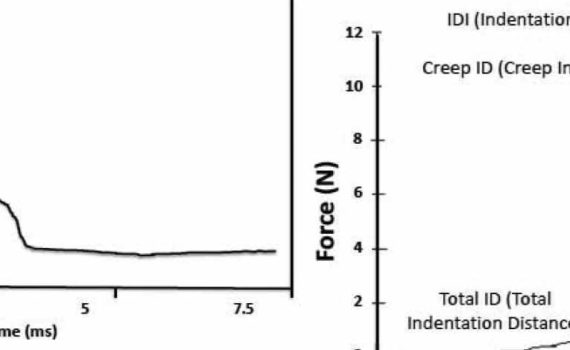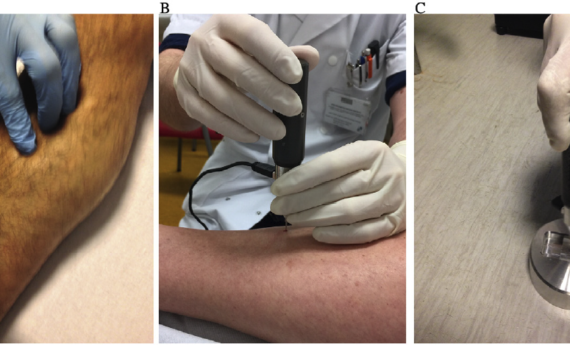Abstract Deformations of vertebrae and sudden fractures of long bones caused by essentially normal loading are a characteristic problem in osteoporosis. If the loading is normal, then the explanation for and prediction of unexpected bone failure lies in understanding the mechanical properties of the whole bone-which come from its internal […]
Bone microindentation
Abstract Bone adapts to loading in several ways, including redistributing bone mass and altered geometry and microarchitecture. Because of previous methodological limitations, it is not known how the bone material strength is affected by mechanical loading in humans. The aim of this study was to investigate the effect of a […]
Abstract Type 2 diabetes mellitus (T2DM) is associated with an increased risk of fractures according to several studies. The underlying mechanisms remain unclear, although small case-control studies indicate poor quality of the cortical bone. We have studied a population-based sample of women aged 75 to 80 years in Gothenburg, randomly […]
Abstract Densitometry and imaging techniques are currently used in clinical settings to measure bone quantity and spatial structure. Recently, Reference Point Indentation has opened the possibility of directly assessing the mechanical characteristics of cortical bone in living individuals, adding a new dimension to the assessment of bone strength. Impact microindentation […]
Abstract Impact microindentation is a novel method for measuring the resistance of cortical bone to indentation in patients. Clinical use of a handheld impact microindentation technique is expanding, highlighting the need to standardize the measurement technique. Here, we describe a detailed standard operation procedure to improve the consistency and comparability of the measurements […]





